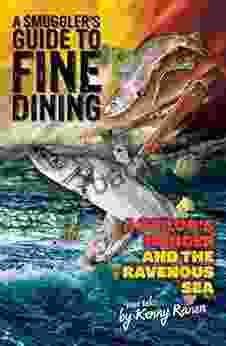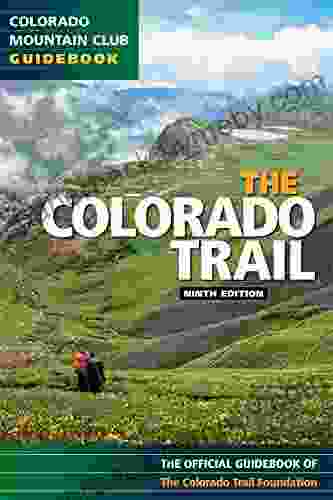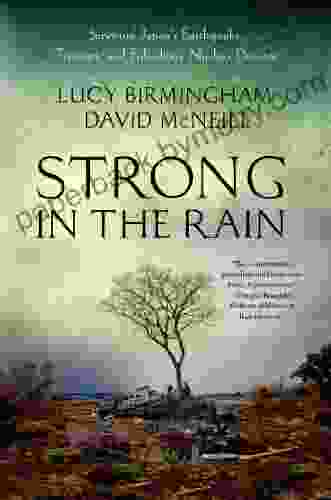Surviving Japan Earthquake, Tsunami, and Fukushima Nuclear Disaster: A Comprehensive Guide

On March 11, 2011, Japan was devastated by a powerful earthquake, tsunami, and nuclear disaster. The earthquake, with a magnitude of 9.0, was the largest ever recorded in Japan. The resulting tsunami reached heights of up to 40 meters (130 feet),and caused widespread destruction along the country's northeastern coast. The Fukushima Daiichi nuclear power plant was also damaged by the earthquake and tsunami, resulting in a nuclear disaster that released large amounts of radioactive material into the environment.
The events of March 11, 2011, were a tragedy that caused tremendous loss of life and destruction. However, they also served as a reminder of the importance of disaster preparedness. In this article, we will provide an overview of the events of March 11, 2011, and offer essential survival strategies for similar future events.
The earthquake that struck Japan on March 11, 2011, had a magnitude of 9.0. It was the largest earthquake ever recorded in Japan, and the fifth largest earthquake ever recorded worldwide. The earthquake occurred at a depth of 30 kilometers (18 miles) below the seafloor, and was caused by the subduction of the Pacific Plate beneath the North American Plate.
4.6 out of 5
| Language | : | English |
| File size | : | 3334 KB |
| Text-to-Speech | : | Enabled |
| Screen Reader | : | Supported |
| Enhanced typesetting | : | Enabled |
| Word Wise | : | Enabled |
| Print length | : | 256 pages |
The earthquake caused severe ground shaking throughout much of Japan. In some areas, the shaking lasted for several minutes. The shaking caused widespread damage to buildings, bridges, and roads. It also triggered landslides and avalanches.
The earthquake generated a massive tsunami that struck the coast of Japan about 30 minutes after the earthquake. The tsunami reached heights of up to 40 meters (130 feet) in some areas. The tsunami caused widespread destruction along the coast, destroying homes, businesses, and infrastructure. It also caused numerous deaths and injuries.
The Fukushima Daiichi nuclear power plant was located on the coast of Japan, about 250 kilometers (150 miles) northeast of Tokyo. The earthquake and tsunami damaged the power plant's cooling systems, which led to a nuclear meltdown. The nuclear meltdown released large amounts of radioactive material into the environment.
The Fukushima nuclear disaster was the worst nuclear accident since the Chernobyl disaster in 1986. It caused widespread contamination of the environment, and forced the evacuation of hundreds of thousands of people.
The events of March 11, 2011, were a tragedy, but they also served as a reminder of the importance of disaster preparedness. In the event of a future earthquake, tsunami, or nuclear disaster, it is important to be prepared.
Here are some essential survival strategies:
- Have an emergency plan. Know what to do in the event of an earthquake, tsunami, or nuclear disaster. Make sure you have a plan for evacuation, and know where you will go if you need to leave your home.
- Have an emergency kit. Your emergency kit should include essential supplies such as food, water, first aid supplies, and a battery-powered radio.
- Stay informed. Listen to the radio or television for updates on the disaster. Follow the instructions of local authorities.
- Be prepared to evacuate. If you are Free Downloaded to evacuate, do so immediately. Do not wait until it is too late.
- Stay away from the coast. If you are near the coast, stay away from the water. Tsunamis can travel long distances, and can reach heights of up to 40 meters (130 feet).
- Protect yourself from radiation. If you are in an area that has been affected by a nuclear disaster, take steps to protect yourself from radiation. Stay indoors as much as possible, and wear a mask if you must go outside.
The events of March 11, 2011, were a tragedy that caused tremendous loss of life and destruction. However, they also served as a reminder of the importance of disaster preparedness. By following the survival strategies outlined in this article, you can increase your chances of surviving a future earthquake, tsunami, or nuclear disaster.
4.6 out of 5
| Language | : | English |
| File size | : | 3334 KB |
| Text-to-Speech | : | Enabled |
| Screen Reader | : | Supported |
| Enhanced typesetting | : | Enabled |
| Word Wise | : | Enabled |
| Print length | : | 256 pages |
Do you want to contribute by writing guest posts on this blog?
Please contact us and send us a resume of previous articles that you have written.
 Book
Book Novel
Novel Page
Page Chapter
Chapter Text
Text Story
Story Genre
Genre Reader
Reader Library
Library Paperback
Paperback E-book
E-book Magazine
Magazine Newspaper
Newspaper Paragraph
Paragraph Sentence
Sentence Bookmark
Bookmark Shelf
Shelf Glossary
Glossary Bibliography
Bibliography Foreword
Foreword Preface
Preface Synopsis
Synopsis Annotation
Annotation Footnote
Footnote Manuscript
Manuscript Scroll
Scroll Codex
Codex Tome
Tome Bestseller
Bestseller Classics
Classics Library card
Library card Narrative
Narrative Biography
Biography Autobiography
Autobiography Memoir
Memoir Reference
Reference Encyclopedia
Encyclopedia Stephanie Baier
Stephanie Baier Ken Paulson
Ken Paulson Neil A Hogan
Neil A Hogan Tara Teaspoon
Tara Teaspoon Marlene Chism
Marlene Chism Larry Schweikart
Larry Schweikart Kim Heinbuch
Kim Heinbuch Paul Van Doren
Paul Van Doren Masih Alinejad
Masih Alinejad Sydney L Iaukea
Sydney L Iaukea Richard Appignanesi
Richard Appignanesi Kimora Lee Simmons
Kimora Lee Simmons Kimberly Brown
Kimberly Brown Seymour Reit
Seymour Reit Laurie Hernandez
Laurie Hernandez Nick Clausen
Nick Clausen Kevin Smith
Kevin Smith Robert D Atkinson
Robert D Atkinson Kim Solga
Kim Solga Vince Flynn
Vince Flynn
Light bulbAdvertise smarter! Our strategic ad space ensures maximum exposure. Reserve your spot today!

 Lawrence BellUnveil the Unfiltered Truth: Dive into Kendra Wilkinson's "Sliding Into Home"
Lawrence BellUnveil the Unfiltered Truth: Dive into Kendra Wilkinson's "Sliding Into Home"
 Elliott CarterSailor Hunger and the Ravenous Sea: An Epic Adventure of Courage and Survival
Elliott CarterSailor Hunger and the Ravenous Sea: An Epic Adventure of Courage and Survival
 Jarrett BlairLearn to Drive An Easier Way: Your Ultimate Guide to Mastering the Road in...
Jarrett BlairLearn to Drive An Easier Way: Your Ultimate Guide to Mastering the Road in... Alex ReedFollow ·5.3k
Alex ReedFollow ·5.3k Jacob FosterFollow ·17.5k
Jacob FosterFollow ·17.5k Gene SimmonsFollow ·2.3k
Gene SimmonsFollow ·2.3k Jamie BellFollow ·9k
Jamie BellFollow ·9k Jimmy ButlerFollow ·13.5k
Jimmy ButlerFollow ·13.5k Jack ButlerFollow ·12.1k
Jack ButlerFollow ·12.1k Ken SimmonsFollow ·17k
Ken SimmonsFollow ·17k Zadie SmithFollow ·3.3k
Zadie SmithFollow ·3.3k

 Isaac Asimov
Isaac AsimovEmbark on an Epic Adventure: The Colorado Trail 9th...
Unveiling the Treasures of the Colorado...

 Clinton Reed
Clinton ReedUltimate Football Heroes: Uncover the Gridiron Greatness...
Enter the World...

 Ibrahim Blair
Ibrahim BlairUnveiling the Secrets of Stolen Focus: A Journey to...
In today's relentless digital...

 Colt Simmons
Colt SimmonsRediscover the Founding Father's Vision: Thomas Jefferson...
Immerse Yourself in the Unedited Words of...

 Juan Butler
Juan ButlerExcel in Language Learning: The Ultimate Self-Study...
Unlock Your Language Potential with Our...
4.6 out of 5
| Language | : | English |
| File size | : | 3334 KB |
| Text-to-Speech | : | Enabled |
| Screen Reader | : | Supported |
| Enhanced typesetting | : | Enabled |
| Word Wise | : | Enabled |
| Print length | : | 256 pages |






